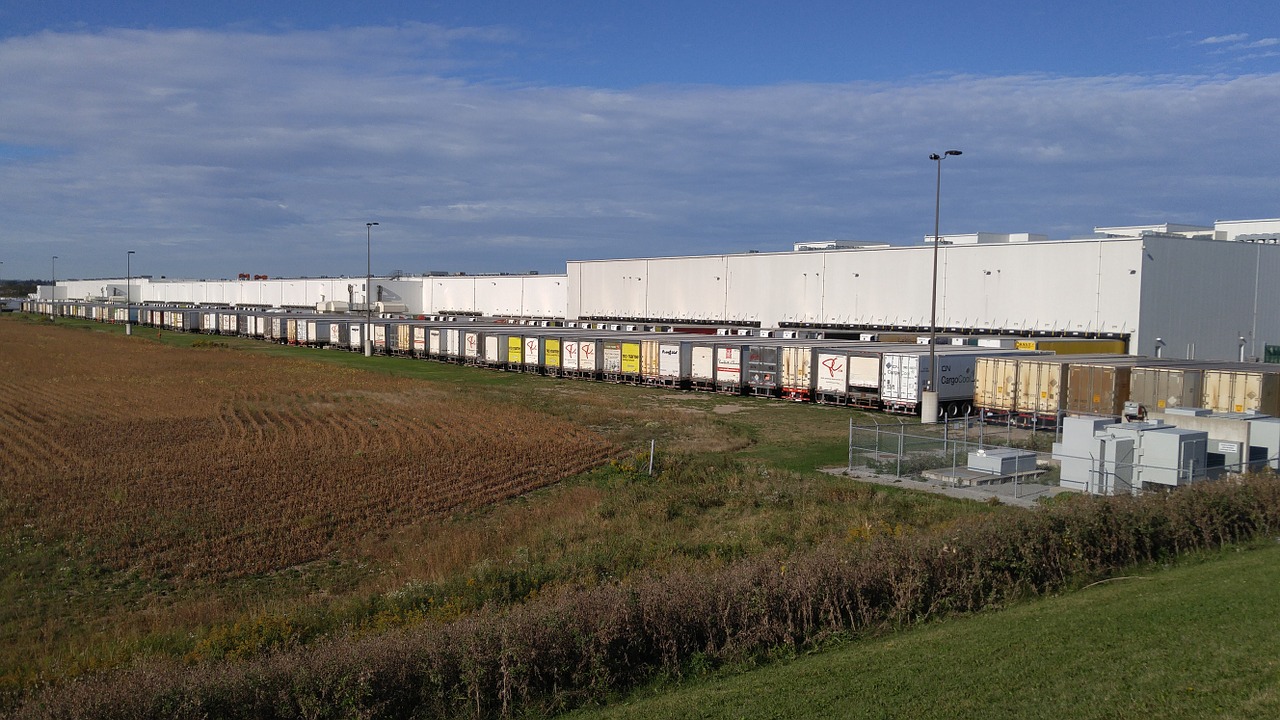General “Everything to Everybody” type accounting software is simply not sophisticated enough to manage the complexities of importing and exporting food products. The downside of using general accounting and inventory software is blatantly obvious to anyone who is trying it, so I’m going to skip the reasons why a company would be looking for other software and instead suggest some specific functionality a food import export and distribution should be considering when analyzing new software options:
Lot tracking and trace-ability-For any companies that are tracking batch’s or lot numbers in their inventory it is essential that the software accommodate that. The software should allow the user to break down inventory in the warehouse within a product you should be able to have multiple lots. Each lot can have its own qty and number of packages/pallets. When allocating a sale, it is critical to be able to allocate that sale against specific lots to keep the traceability from supplier all the way through customer. Then if there is a quality issue or recall on a lot you will know what other customers have received product from that lot and which supplier it came from.
Proactive Alerts around expiration dates and FDA holds-Fortunately, with the use of email, some of the newer software applications allow users to be more pro-active in warding off potential problems before they start. For example, having an email sent to you monthly that shows all inventory expiring in the next 90 days so you have enough time to sell (possible at a discount) the slower moving product while it still has value. Another example would be an alert for any containers that are arriving in the next 7 days where the appropriate FDA paperwork has not been submitted. Or an alert for any product which has been on FDA hold for 30 days and has not yet been released. There are countless other examples of situations for software to save or make the company money by proactively alerting the users of potential problem or opportunities.
Inventory forecasting-One of the challenges of buying product from overseas is that it takes a long time to get here. As a result, your forecasting needs to be tighter then a domestic distributor to make sure you have enough product to meet customer demand while of course not sitting on inventory for longer then you need to. This requires your software to have strong forecasting tools that will look at not just what you have on hand, but also what you have on the water and open orders with suppliers vs. what is promised to customers to get a sense of what the inventory position will look like a month from now, two months from now or six months from now. You should not have to manage this manually in Excel.
Integration-The icing on the cake is simple integrations with the tools you are already using. Software like the VISCO software for importers offers seamless integration with QuickBooks for accounting, FreightQuote.com for quoting and booking inland freight as well as TRG Direct so users can direct file ISF and customs entries.
Don’t settle for general accounting software.





